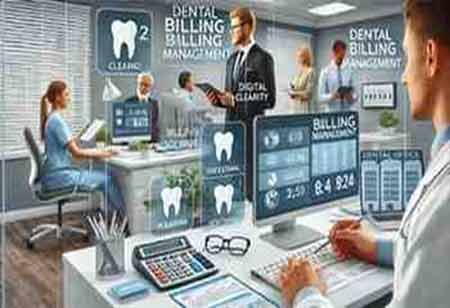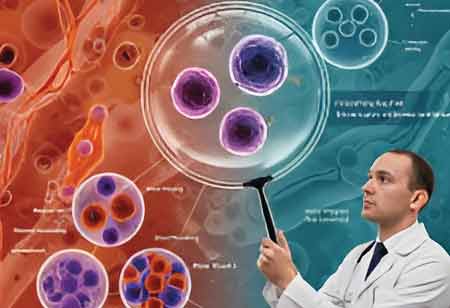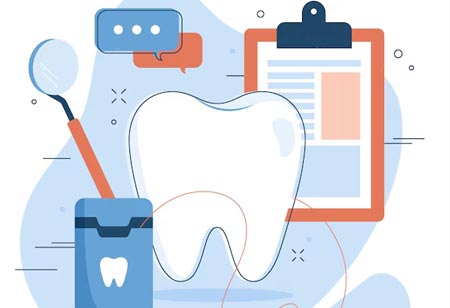Thank you for Subscribing to Healthcare Business Review Weekly Brief
Be first to read the latest tech news, Industry Leader's Insights, and CIO interviews of medium and large enterprises exclusively from Healthcare Business Review
Leveraging Technology to Improve Patient Safety in APAC
Integrating advanced technology is instrumental in safeguarding healthcare professionals, yet its efficacy in augmenting patient safety is realized through comprehensive training and seamless incorporation into clinical workflows.

By
Healthcare Business Review | Monday, October 06, 2025
Stay ahead of the industry with exclusive feature stories on the top companies, expert insights and the latest news delivered straight to your inbox. Subscribe today.
Fremont, CA: Patient safety has emerged as a top priority in modern healthcare, with technology serving as a vital ally. By incorporating digital tools and resources into clinical settings, the delivery, monitoring, and management of care are being transformed. Technology aids in reducing human errors by fostering accurate decision-making and facilitating timely interventions, thus creating safer healthcare environments. Innovations in technology are enhancing communication, improving data accuracy, and enabling proactive care, ultimately establishing new standards for patient safety and outcomes.
Electronic Health Records and Accuracy of Data
An important area where technology significantly impacts patient safety is the implementation of electronic health records (EHRs). EHRs provide a centralized and real-time overview of a patient's medical history, medications, allergies, and treatment plans. This functionality helps to minimize the risks associated with miscommunication, the unavailability of critical information, and errors arising from illegible handwriting during the transfer of essential medical data.
With EHRs, clinicians in APAC can access vital information instantaneously, which enhances coordination among departments and facilitates a more efficient decision-making process. Furthermore, automated alerts for potential drug interactions, overdose risks, and issues related to a patient's allergies play a crucial role in preventing adverse events before they occur. Consequently, adopting this technology fosters greater consistency and reduces the likelihood of errors in patient care management.
Transforming healthcare with an advanced Clinical Decision Support System
Clinical decision-support systems (CDSSs) enhance safety by alerting healthcare professionals with reminders and evidence-based recommendations. These systems analyze patient data to provide clinicians with valuable insights, including suggestions for diagnoses, treatment alternatives, and risk assessments. CDSS aims to reduce errors and improve the accuracy of diagnosing and treating patients by supporting clinical judgment with the latest medical knowledge. This is especially beneficial in complex cases involving multiple conditions or medications. Maintaining these intelligent systems will help prevent mistakes and foster a high-quality care environment amid the ongoing changes in evidence-based practice.
Safeguarding Patients through Automation and Monitoring Technology
In addition to prioritizing patient safety, technology offers an enhanced layer of protection through automation and real-time monitoring. Smart infusion pumps, automated dispensing systems, and barcoded medication administration significantly mitigate the risk of dosing errors, ensuring that patients receive their medications at the correct times.
In high-acuity environments such as intensive care units and operating rooms, advanced monitoring systems track vital signs and alert healthcare professionals to any critical changes that may necessitate immediate intervention. Additionally, remote patient monitoring tools empower APAC physicians to oversee and manage patients outside of the hospital setting, thereby improving the management of chronic diseases and decreasing the likelihood of complications or readmissions.
It is important to emphasize that technology is not intended to replace the judgment and expertise of healthcare professionals; rather, it serves to support them in their roles. Ensuring the effective and safe use of technology necessitates thorough training and diligence, particularly as advancements continue to emerge. Ultimately, integrating technology within healthcare aims to enhance patient safety, which remains fundamental in any clinical decision-making environment.






